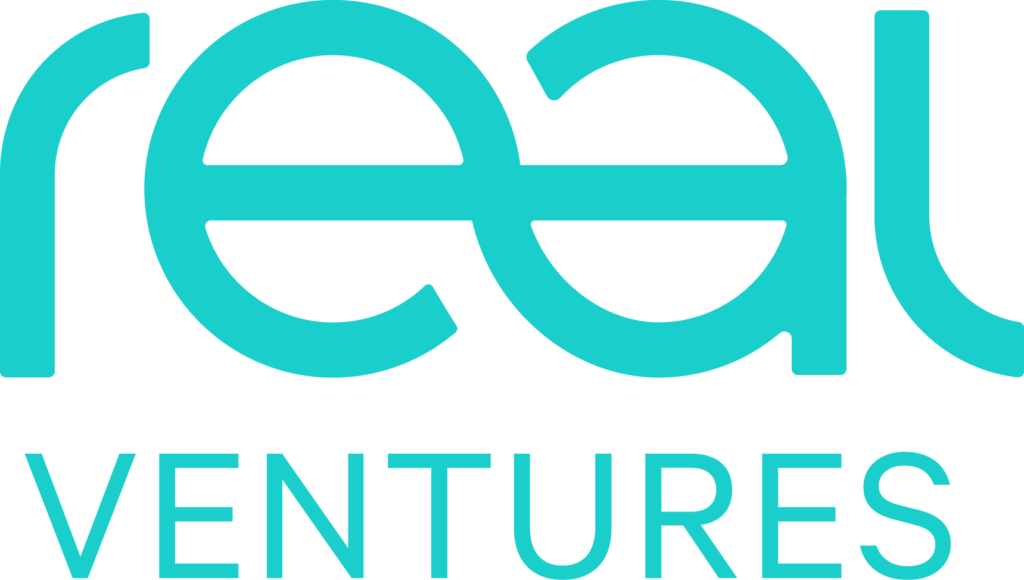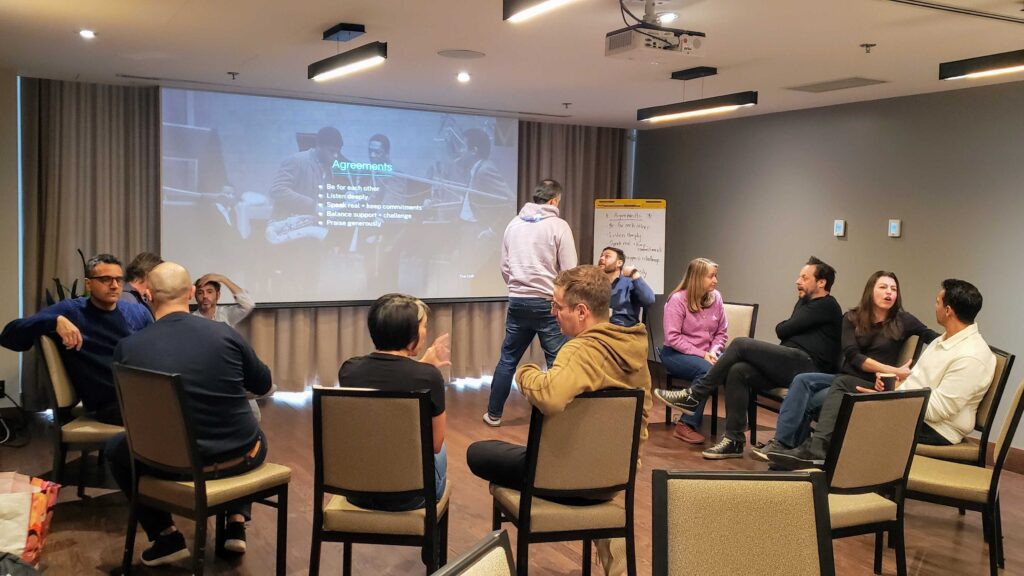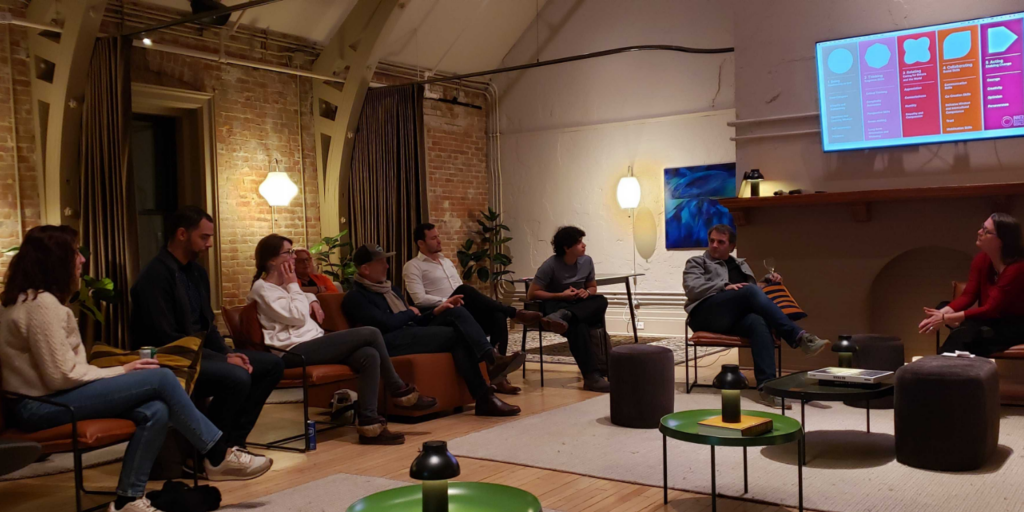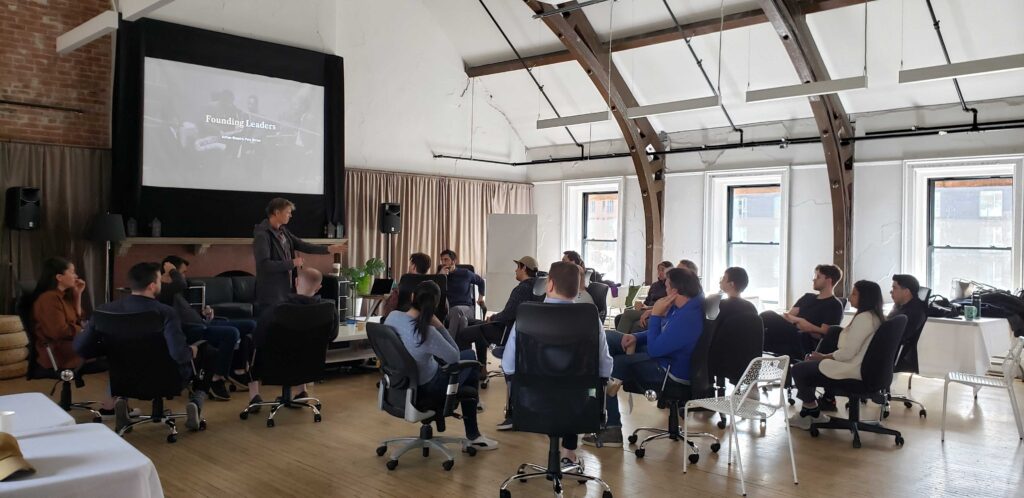Cultivating a strong company culture is challenging enough during the best of times. Throw in a global pandemic, and things get really interesting.
If this pandemic has taught us anything, it’s that we won’t be returning to our pre-virus ways. Working from home (or remotely) is officially here to stay, not just because of the pandemic, but because employees want more flexibility in how and where they do their jobs. And tech companies are leading the way: Shopify, Facebook, Twitter, Microsoft, Salesforce have all announced a shift to remote work.
Without a doubt, the need for today’s leaders to communicate and foster a clear vision, team cohesiveness and employee well-being is greater than ever. To help our network navigate this new reality, we invited startup veteran and leadership coach Charity Joy and organizational psychologist and executive coach Dr Francine MacInnis to host a two-part digital workshop called “Culture Check for Remote Work.”
Their main message: while this pandemic has threatened a lot of what we care about, it doesn’t need to threaten our company’s culture and the mental health of our employees. Here are some of the bits of wisdom and tactical tools they shared along the way.
Lesson 1: Start assessing the change…by asking the right (and difficult) questions
With the transition to a virtual work environment, having a clear understanding of your company’s essence, objectives, vision, and purpose can prove critical to your team feeling like they’re working towards a shared goal. Leaders should be seeking to gain insight into how recent changes have affected those core elements of their company. Here are a few key questions to start with:
Does your WHY need to change?
Having a solid understanding of your reason for being in business is a key motivator in pulling teams together.
Should you be adjusting WHAT you are doing?
Perhaps markets have moved in a different direction or unforeseen opportunities have suddenly presented themselves.
Do you need to change HOW you are doing things?
Be clear on what the nuts and bolts of your everyday processes looks like in this new reality.
Lesson 2: Tap into your team’s changing needs…and adapt accordingly
Chances are 2020 has your employees focusing on regaining their sense of safety and community. Charity suggests that as a leader, your role needs to change accordingly but must remain grounded in empathy.
Staying engaged and supportive in our new remote context isn’t easy. Social isolation, distractions (we’re looking at you kids and cats), and a lack of face-to-face interaction can all add to the struggle. But understanding the three core elements that keep people motivated can go a long way in helping you take action.
1. Connection
Right now, people may feel like they’re on their own, isolated island. Your role is to push those islands closer together and keep them connected in impactful ways.
Connection in action: Leverage online tools like Slack, Asana, Airtable, to give people visibility and weight in your decision-making process. You could even create your own KPI/OKR dashboard and monitor weekly pulse checks.
2. Competence
People may be worried about their careers stagnating, but you have the power to create new opportunities for growth.
Competence building in action: Invite employees to contribute to meetings or projects they may otherwise not have been involved in. This is good for your employees and good for your business; it builds engagement and brings unique perspectives to the team.
3. Autonomy
When reaching out, make sure you strike the right balance between connection and independence by staying mindful of the value added of each interaction.
Autonomy in action: Ask your direct reports if the 1:1 cadence works for them. Suggest shorter, but more frequent touch points throughout the week. During your meeting, turn your camera on and do a quick check in — we often miss non-verbal cues which provides insight into what employees are not saying. There are three questions you can ask employees to better support them: What’s working well for you? What’s not working well? Are there tools, resources, or support that I can provide to help unblock your obstacles?
Understanding your team’s changing needs also means rethinking the role your company can play in their broader mental health — and that can be intimidating. To relieve some of the pressure, Francine suggests reframing your thoughts by embracing a peer support model. This empathetic approach focuses on creating opportunities for shared human experiences that validate and normalize the issues of mental health. Balance empathy with actionable results by redistributing responsibility or lightening a struggling employee’s load while they get their sea legs back under them.
Lesson 3: Act accordingly…by leaning on your ABCS
Once you’ve mapped out the scope of the challenge, it’s time to turn intentions into action. To get there, Charity suggests you turn to your ABCS in order to understand the ways in which your leadership can tangibly create internal alignment and cohesion.
Attitude
Though we may have little control over our circumstances, we have power over our reactions to them. Taking on a perspective that is motivating and engaging rather than defeatist can go a long way in fending off anxiety and powerlessness.
How?
Start by checking in with yourself. What is your attitude toward remote work? Toward your team? To shift into a proactive mindset, have open discussions about people’s feelings and ask questions that help focus on solutions to known problems.
Behaviour
Managing expectations, communicating transparently and following through on your word is essential to your team feeling heard, seen, and safe.
How?
Demonstrate your commitment to mental health by providing free mindfulness tools, sticking to a schedule of regular wellness check-ins and modelling authentic vulnerability through personal stories. Invest in remote team bonding and novel ways to celebrate small wins with perks like meal kits, home office swag, or Friday afternoon trivia.
Concrete
To feel productive, employees are likely to need new kinds of technical support and tools. Be proactive in asking them what they need, providing it when possible, and following up to make sure their new setup is doing its job.
How?
Imagine every step of your employee’s day and think of creative ways to help through tools like noise-canceling headphones, reinvented onboarding bundles, or short-term Breather rentals for focused work sprints.
Systems
Once you have clarity on the approach you want to take, your systems and processes are what tie it all together. Being communicative and explicit about how those processes will change is essential to everyone feeling like they’re on the same page.
How?
Set up clear boundaries by communicating protocols around things like responsiveness, back-to-work safety protocols, when employees get to turn off and how to book interruption-free focus times.
But most importantly of all: be ok with realizing and admitting that you don’t have all the answers. We’re all learning as we go. Churchill once said that you should never waste a good crisis. By framing our current situation through that lense, it becomes a unique opportunity for introspection, reflection, and growth.
**********
For more advice for growing teams and managing startups, sign up for our newsletter and follow us on Twitter, LinkedIn and Facebook.




